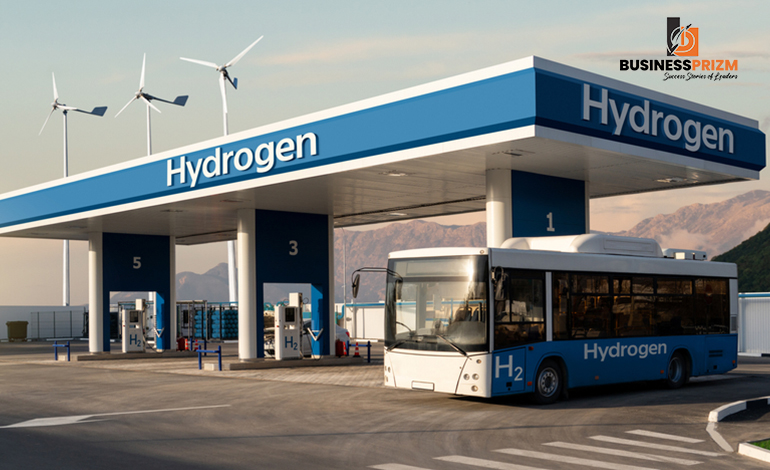White hydrogen, also known as green hydrogen when produced using renewable energy sources, is garnering increasing attention globally as a key player in the transition to a sustainable energy future. This hydrogen variant is produced through electrolysis, a process that separates water molecules into hydrogen and oxygen using electricity, typically sourced from renewable sources like solar or wind power. In India, the potential applications of white hydrogen span various sectors and hold promise for addressing energy security, environmental sustainability, and economic development challenges.
One of the most compelling applications of white hydrogen in India is its role in decarbonizing the industrial sector. Industries such as steel, cement, and chemicals are among the largest contributors to India’s greenhouse gas emissions. By replacing fossil fuels with hydrogen as a clean energy source for industrial processes, India can significantly reduce its carbon footprint and meet its climate targets under the Paris Agreement. Additionally, hydrogen can serve as a feedstock for the production of ammonia and other chemicals, further diversifying India’s industrial base and reducing reliance on imported fossil fuels.
In the transportation sector, white hydrogen offers a promising alternative to conventional fuels, particularly in heavy-duty vehicles, shipping, and long-haul transportation. Hydrogen fuel cell vehicles emit only water vapor and heat, making them a zero-emission solution for reducing air pollution and mitigating the adverse health effects associated with vehicular emissions. Moreover, hydrogen refueling infrastructure can complement India’s existing network of electric vehicle charging stations, providing consumers with a wider range of clean transportation options and accelerating the transition to sustainable mobility.
Furthermore, white hydrogen holds immense potential for addressing energy access challenges in remote and off-grid areas of India. By leveraging renewable energy resources to produce hydrogen locally, communities can gain access to clean and reliable power for cooking, heating, and electricity generation. Off-grid hydrogen systems can also enhance energy resilience and disaster preparedness by providing backup power during grid outages and natural disasters, improving the quality of life for millions of people across India’s rural and underserved regions.
However, realizing the full potential of white hydrogen in India will require concerted efforts from policymakers, industry stakeholders, and technology developers. Investments in research and development, infrastructure development, and policy support are essential to overcome technical, economic, and regulatory barriers hindering the widespread adoption of hydrogen technologies. Additionally, collaboration with international partners and participation in global hydrogen initiatives can facilitate knowledge sharing, technology transfer, and capacity building, positioning India as a leader in the transition to a hydrogen-powered future.
In conclusion, white hydrogen holds immense promise as a clean, versatile, and sustainable energy carrier with transformative potential across various sectors of the Indian economy. By harnessing the power of hydrogen, India can achieve its ambitious climate goals, promote energy security, and drive inclusive and sustainable development for future generations.










